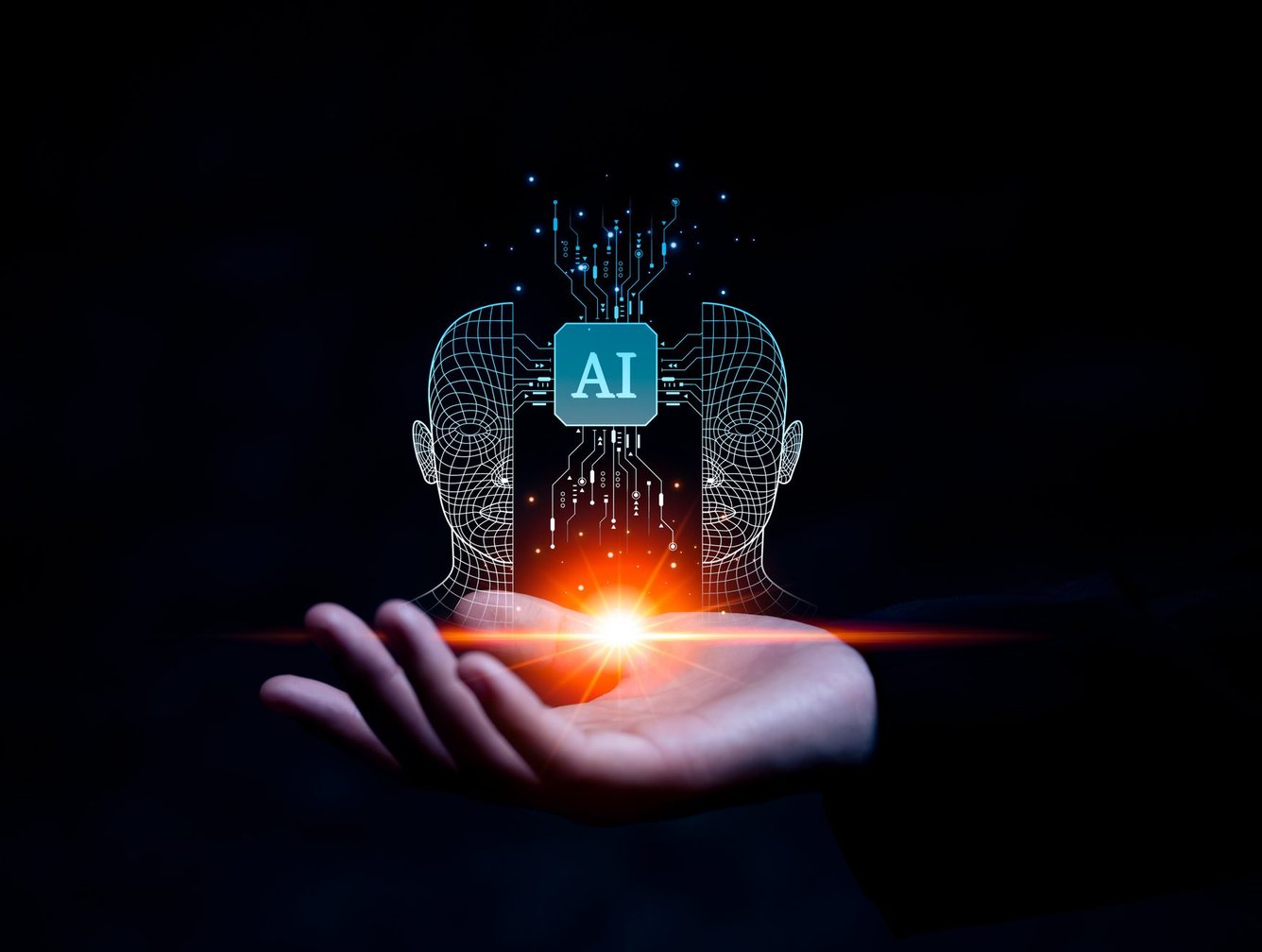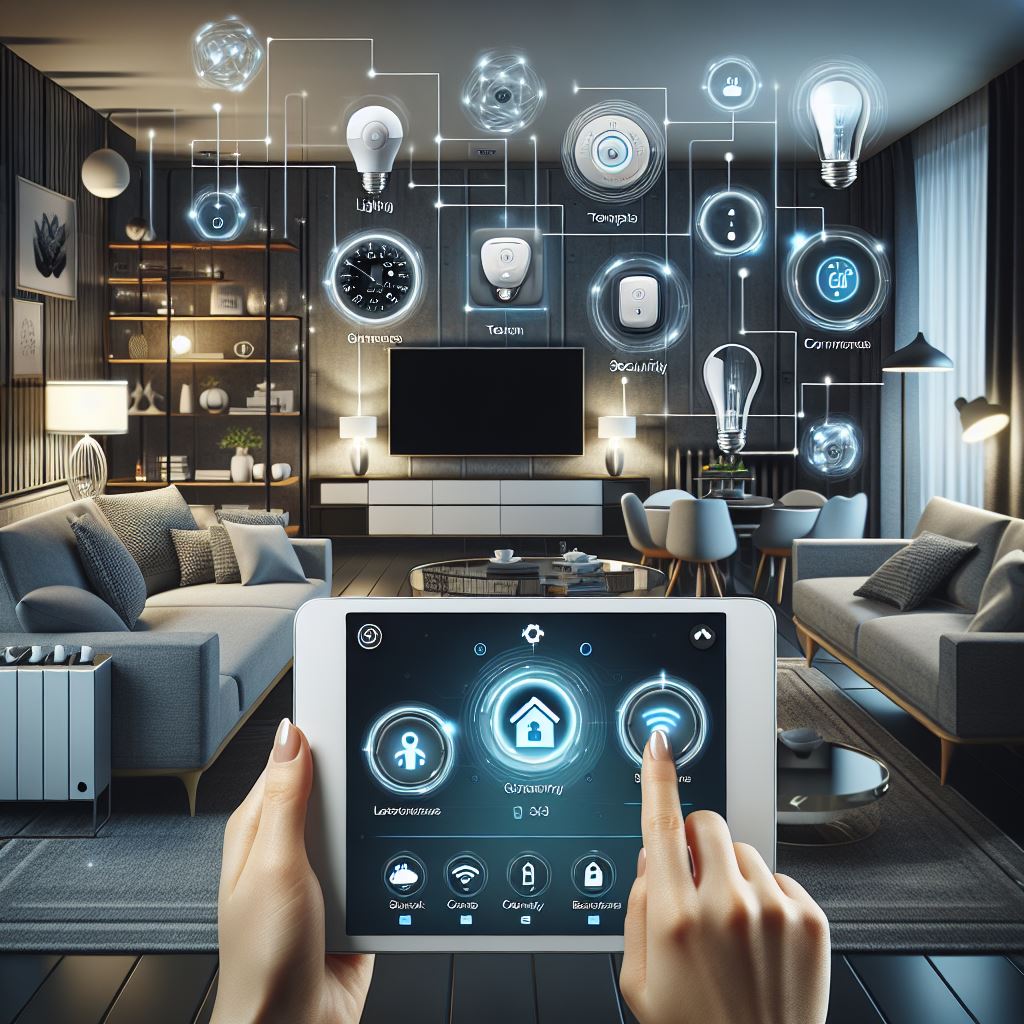The third generation of the World Wide Web also known as Web 3.0 is meant to be following:
- decentralized
- is available to anyone, anywhere, everywhere and on everything
- is conversational
- is able to understand context and respond accordingly
- is able to process complex requests
- enhances front-end user experience with well linked rich content that includes 3D Graphics, Animations, Audio, Video and the text
Now, let’s take each of these above and explore how these are expected to be implemented and the likely technologies driving the future of Web 3.0:
- Decentralized – the term Web3 was first used by Ethereum co-founder Gavin Wood. Ethereum is a cryptocurrency built on blockchain technology with focus on decentralization. Similarly a Web 3 internet will be a truly decentralized peer to peer network connections. This will enable greater privacy and security of the digital assets as they are not tracked. Dapps (Decentralized Apps) are developed based on this concept with DeFi (Decentralized Finance) being core to Dapps.
- Available to anyone, anywhere, everywhere (Ubiquity) and on everything – The idea is democratization of the internet with further access on any devices leveraging Internet of Things (IoT) in the process. The device could be a laptop, phone, AR/VR headset, wearable device or any IOT enabled sensors for identity, work enablement, monitoring, environment, medical, life saving etc. purposes.
- Conversational – interactions on web will be continuous exchange of meaningful dialogues leading to conversation versus isolated request response based interactions as it happens today. Future will be more and more interactions using devices such as Alexa, Echo further extending audio to visual, Force Feedback and even other sensory perceptions as better technology becomes available.
- Semantic Web – is able to understand context and respond accordingly. This will be a game changer for above #3 as conversation will be more humanlike, meaningful and productive with expected outcome in lesser or zero iterations.
- Able to process complex requests – Artificial Intelligence (AI) will play a pivotal role here as devices will continue to capture data using Machine Learning (ML) algorithms. Use of Natural Language Processing (NLP) with ML along with complex AI algorithms will allow for complex requests and transactions to happen at ease.
- Enhanced front-end user experience – Well linked rich content that includes 3D Graphics, Animations, Audio, Video and the text. With advanced Chips, Cloud and Edge computing along with faster 5G and 6G networks it will be easier to transfer terabytes of rich content as will be required for an holistic front-end user experience. A few example are as below:
-
- A surgeon using an AR/VR headset to do robotic surgery on a patient miles away assisted by a team that are also in different locations though the immersive conversational experience gives a feel of colocation, live on screen generated data and auto-suggestions viewport leveraging references from the past surgeries.
- Remote office meeting where coworkers get a feel as if they are collocated, AI assisted tools to expedite pending tasks
- Smart Homes and Offices are usually associated with IoT and connected smart devices, however with AR/VR, AI and other Web 3.0 technologies the user experience will be enhanced to a next level
Current State
We are somewhere in steady transition from Web 2.0 to 3.0, it took many years as we moved from 1.0 to 2.0 depending on the advancement in technology, computing power and internet speeds. However there are few businesses who have immediate needs and they have Dapps and DeFi dealing in cryptocurrencies and digital assets in Non Fungible Token’s (NFT’s) thus giving an impression that we have moved to Web 3.0
The reasons for this slow and steady transition to 3.0 is mainly due to various factors such as evolving technology with advancements, technology acceptance, contradictions with too many stakeholders missing on likely specification adding to risks and thus lagging a global acceptance.
These are the impediments we will discuss next.
Impediments
1. Blockchain is at the heart of Web 3.0 driving Decentralization. It is still evolving with first and most implementation being Cryptocurrency leading to Decentralization DeFi. This is not yet acceptable to many nations or not have any policies on Cryptocurrency. There are just simply too many crypto available today and what we hear is that even though conceptually it is decentralized yet as there is always someone who will be owning larger share of crypto such they will end up as big players leading to monetization as it exist today. Blockchain is also slow, requires computing power, privacy and security comes at data redundancy leading to an increased overall cost across nodes being used. The threat of disinformation, misuse, lack of accountability to Government agencies, taxes etc. if left open will be an hinderance to larger acceptance of Crypto that is driving current Blockchain tech.
2. Available to anyone, anywhere, everywhere (Ubiquity) and on everything – economics of connectivity will play an important role as good quality high speed connectivity as required for Web 3.0 will come at a cost hence may not be available to all for all the time.
3. Conversational – any interaction beyond chatbot that requires audio, video will have dependencies on large corporations who build devices such as Alexa, Echo, Siri etc.
4. Artificial Intelligence (AI) will continue to evolve as there are multiple players developing these algorithms leveraging Machine Learnings for some generic and few for specific case studies. Some of these AI are already licensed, this may also likely have an impact Web 3.0 basic definition of decentralization and as well as the democratization.
5. AR/VR – to become an essential household tech will require those to be light weight, fashionable, wearable and affordable gadgets, however today these are still bulky, expensive with their use limited to gaming, media and certain hi-tech industries.
Future of Web 3.0
Any bright future be social, political, industrial or tech requires trusted leadership with little or no vested interests such to bring all together and work on globally accepted standards. In this case first we require is that Web 3.0 specifications are discussed, agreed and finalized with sign-off from all key stakeholders, nations and then published. Next finalize how one or more blockchains will work in tandem to achieve a unified Web 3.0. The same is applicable for the AI technologies as all need to converge for a greater good and achieve the next generation of Web for All.












Web 3.0.1 is internet, which is isolated. There is Peterson, as an example, internet, that uses central computer as an computing power. Only Peterson permitted software is allowed, only specific services, to deploy a service is easy as a post a post on Web 2.0, only that software is allowed, without acccess to other internets in most cases.